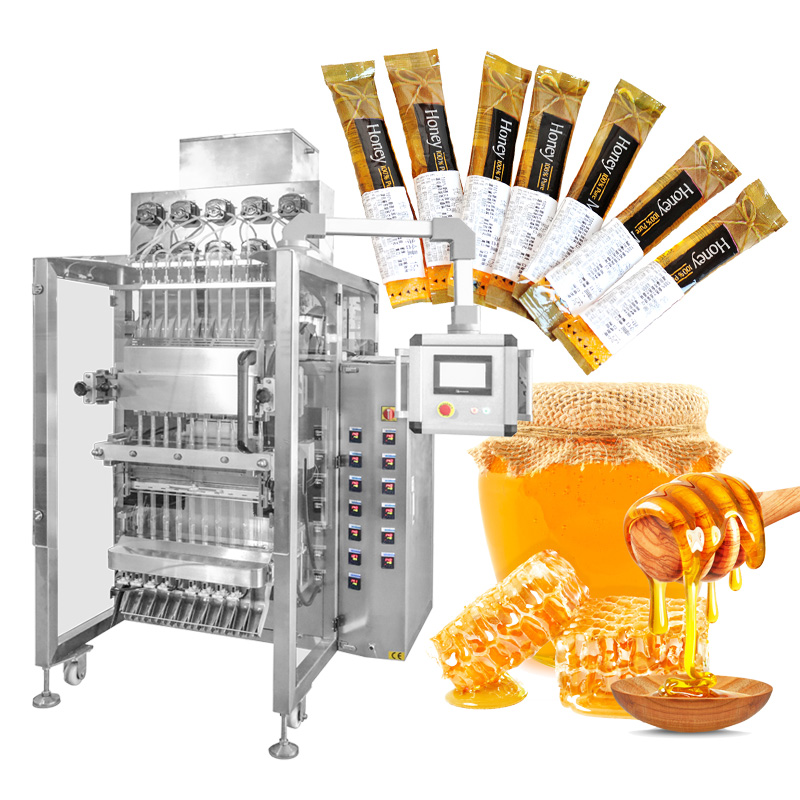Jan. 08, 2024
Machinery
Selecting the right stick pack packaging machine is a critical decision that can significantly impact your packaging efficiency and overall production. Here are key factors to consider when making this important choice:
1. Product Characteristics:
Type of Product: Consider the nature of your product—whether it's a powder, liquid, granule, or a free-flowing substance. Different stick pack machines are designed to handle specific product types.
Product Sensitivity: If your product is sensitive to factors like air, light, or moisture, choose a stick pack machine with features like nitrogen flushing or vacuum sealing.
2. Production Speed and Capacity:
Throughput Requirements: Determine your production volume and the number of stick packs you need to produce per minute. Choose a machine that aligns with your throughput requirements.
Flexibility: Consider whether the machine can accommodate variations in production speed, allowing you to scale production as needed.
3. Machine Configuration:
Number of Lanes: Stick pack machines can have single or multiple lanes. The number of lanes affects the machine's output. Choose the configuration that suits your production needs.
Filling Systems: Different machines use various filling systems such as volumetric, auger, or liquid pumps. Select a filling system that is compatible with your product and ensures accurate dosing.
4. Packaging Size and Design:
Stick Pack Size: Determine the size range of stick packs you require. Some machines can handle a variety of stick pack dimensions, while others are more specialized.
Customization Options: If you need flexibility in designing stick pack shapes or incorporating branding elements, choose a machine that offers customization options.
5. Film Type and Material:
Film Compatibility: Ensure that the machine is compatible with the type of film you plan to use. Machines may vary in their ability to handle different film materials such as laminated films or polyethylene.
Film Width and Thickness: Consider the range of film width and thickness that the machine can accommodate for your desired stick pack specifications.

6. Ease of Changeover and Maintenance:
Changeover Time: Evaluate how quickly the machine can transition between different products or packaging formats. Minimizing changeover time is crucial for efficiency.
Maintenance Requirements: Choose a machine with accessible and easy-to-maintain components. Regular maintenance is essential for long-term reliability.
7. Machine Footprint and Layout:
Space Requirements: Consider the available space in your production facility. Choose a machine that fits comfortably within your layout while allowing for efficient material flow.
Integration with Other Equipment: Ensure that the stick pack machine can be seamlessly integrated into your existing production line if necessary.
8. Regulatory Compliance:
Industry Standards: Ensure that the machine complies with relevant industry standards and regulations. This is particularly important in regulated industries like food, pharmaceuticals, and cosmetics.
9. Supplier Reputation and Support:
Supplier Experience: Choose a reputable supplier with a track record of providing quality packaging machinery.
After-Sales Support: Consider the availability of technical support, training, and spare parts. A reliable supplier should offer excellent after-sales support.
By carefully evaluating these factors, you can make an informed decision when choosing a stick pack packaging machine that aligns with your product, production requirements, and long-term business goals.
More articles:
Choosing the Right Bottle Bagging Machine for Your Packaging Needs
Horizontal Flow Wrap Machine: Enhancing Packaging Efficiency and Productivity
What is a spout pouch packing machine used for?
EPS Shape Moulding Machine: Shaping the Future of Packaging and Construction
If you are interested in sending in a Guest Blogger Submission,welcome to write for us!
All Comments ( 0 )